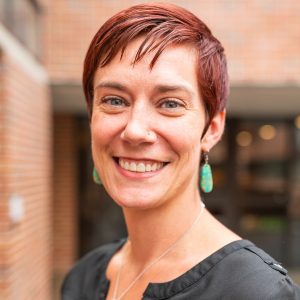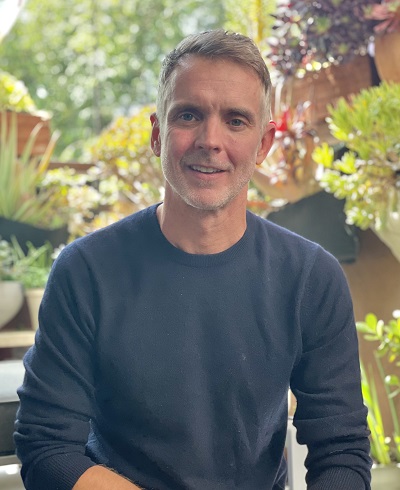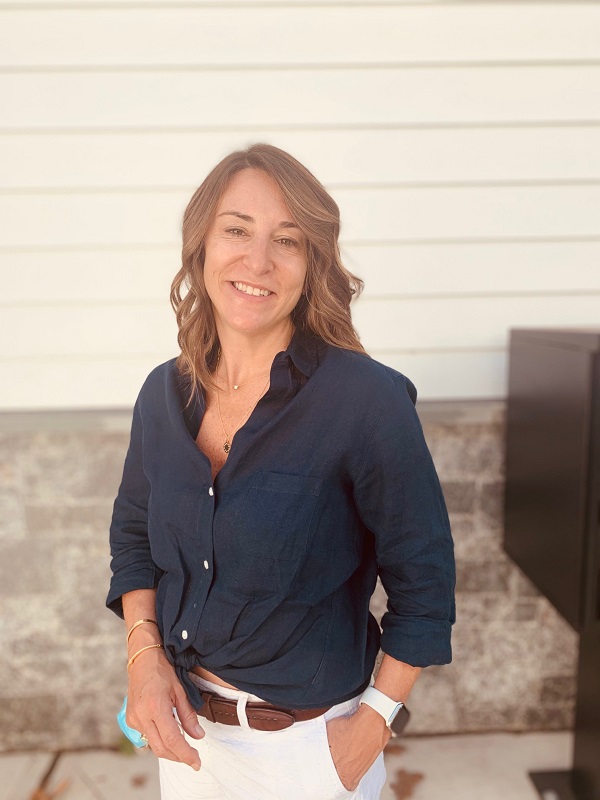OCALA, Fla. (August 21, 2023) – On August 7, Florida Public Relations Association Ocala Chapter President Tammy A. Gantt accepted three President’s Awards for her leadership in membership retention, special events, and financial management from State Association President Jay Morgan-Schleuning, APR, at the annual Presidents’ Luncheon held during the FPRA Annual Conference at the Waldorf Astoria in Orlando, Fla.
During the awards luncheon, Morgan-Schleuning, APR, recognized the accomplishments of chapter presidents in key award categories that enhanced leadership and chapter success while furthering the mission of advancing the public relations profession within the state.
Gantt led the Ocala Chapter to a 98% member retention rate and 30% growth rate, the highest of all 16 statewide chapters.
“While these awards are issued to the president, it takes the dedication of the entire chapter to make them happen,” Gantt said. “The membership goals were achieved thanks to all our members who believed in our purpose and renewed.”
She continued, “I owe a huge thank you to members, Dr. Allison Campbell, APR, CPRC and Lisa Varner, APR, CPRC, who contacted members on the spot when asked. It also meant a lot that our President-Elect Lindsay Tozer and Vice President of Membership Greg Davis collaboratively recruited seven members from Citrus county, and I appreciate their continued recruitment of future members.”
Gantt also accepted the President’s Special Event Award for her leadership as co-chair of the ‘Back to the Roots’ Communications and PR Conference held at the College of Central Florida in Ocala in May. The local chapter partnered with the Association of Florida Colleges for the one-day conference that resulted in $3,000 in sponsorships, 110 attendees, 15 presenters, 14 sessions covering 13 topics, eight pieces of collateral including a 12-page program, eight ‘front porch’ vendors, seven sponsors, six hours of professional development programming, five scholarships awarded, four speakers of diversity, two home-cooked meals by Rashad Jones of Big Lee’s BBQ and Mojo’s, one pre-event mixer at World Equestrian Center, one community service project with the Hispanic Business Council, and one CEU credit for ethics accreditation.
Rachel Cote, fellow FPRA member, AFC board member, and CF manager of web communications, new media, marketing and public relations, also served as co-chair with Gantt and received an FPRA state level Rising Star nomination for her efforts. CF manager of marketing and public relations and FPRA/AFC member Lisa McGinnes also played a key role on the committee.
Gantt additionally accepted the President’s Award for Financial Management. Notable achievements included staying on budget, garnering a record number of sponsors, cutting expenses, increasing fundraisers, developing outreach opportunities for increased funding, and focused on revenue line items, including rebates and media directory sales.
The additional revenue led to an increase in scholarships the Chapter was able to issue to members for leadership programs such as the annual conference, LeadershipFPRA, professional development programs, and membership dues.
Gantt was quick to credit the team effort of Chapter Treasurer Beverly Brown, APR; 2022 Treasurer Kristina Donohue, APR; and Immediate Past President Heather Danenhower, APR, CPRC, who assisted her in creating a budget and fundraising plan for financial success.
FPRA is the oldest public relations association in the country representing 16 professional chapters and 14 student chapters throughout the state. The FPRA Ocala Chapter was established in 1980. For The FPRA Annual Conference is the largest public relations conference of the year within Florida. For more information, visit https://www.fpra.org/.
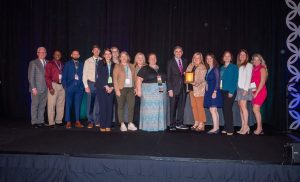

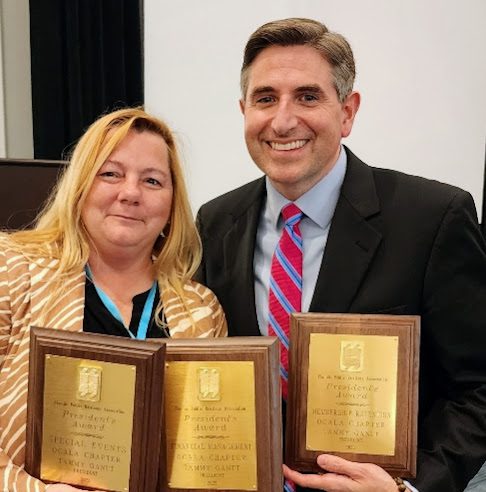

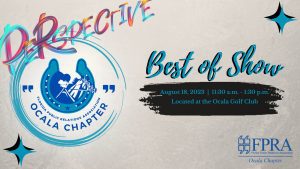

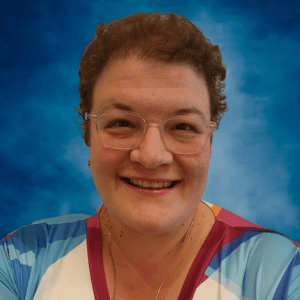
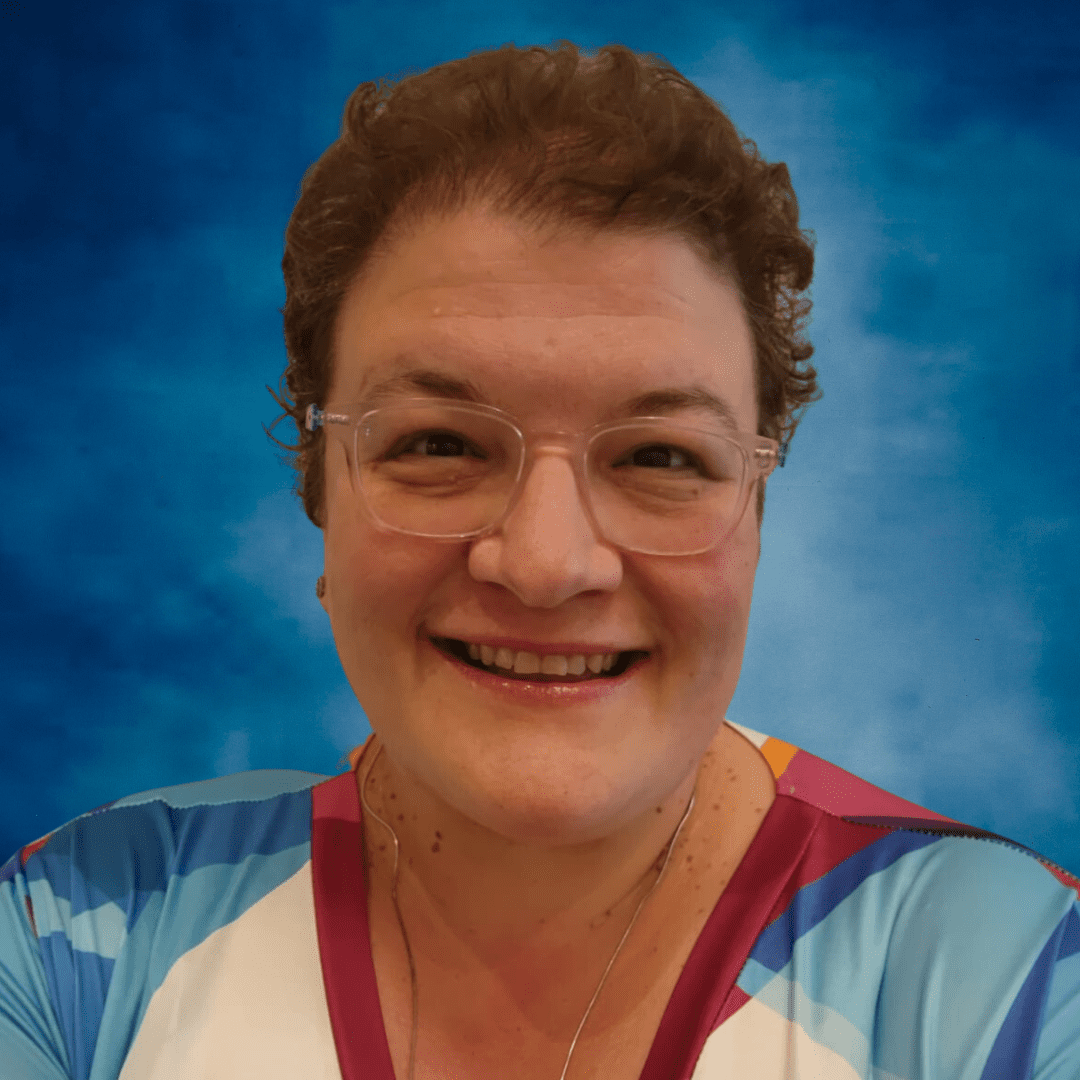
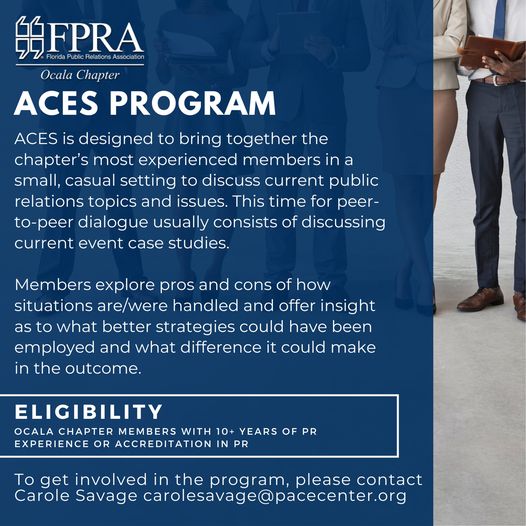
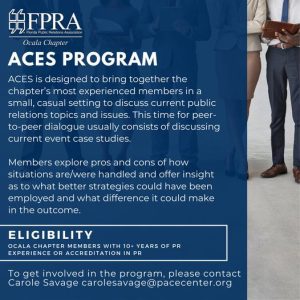
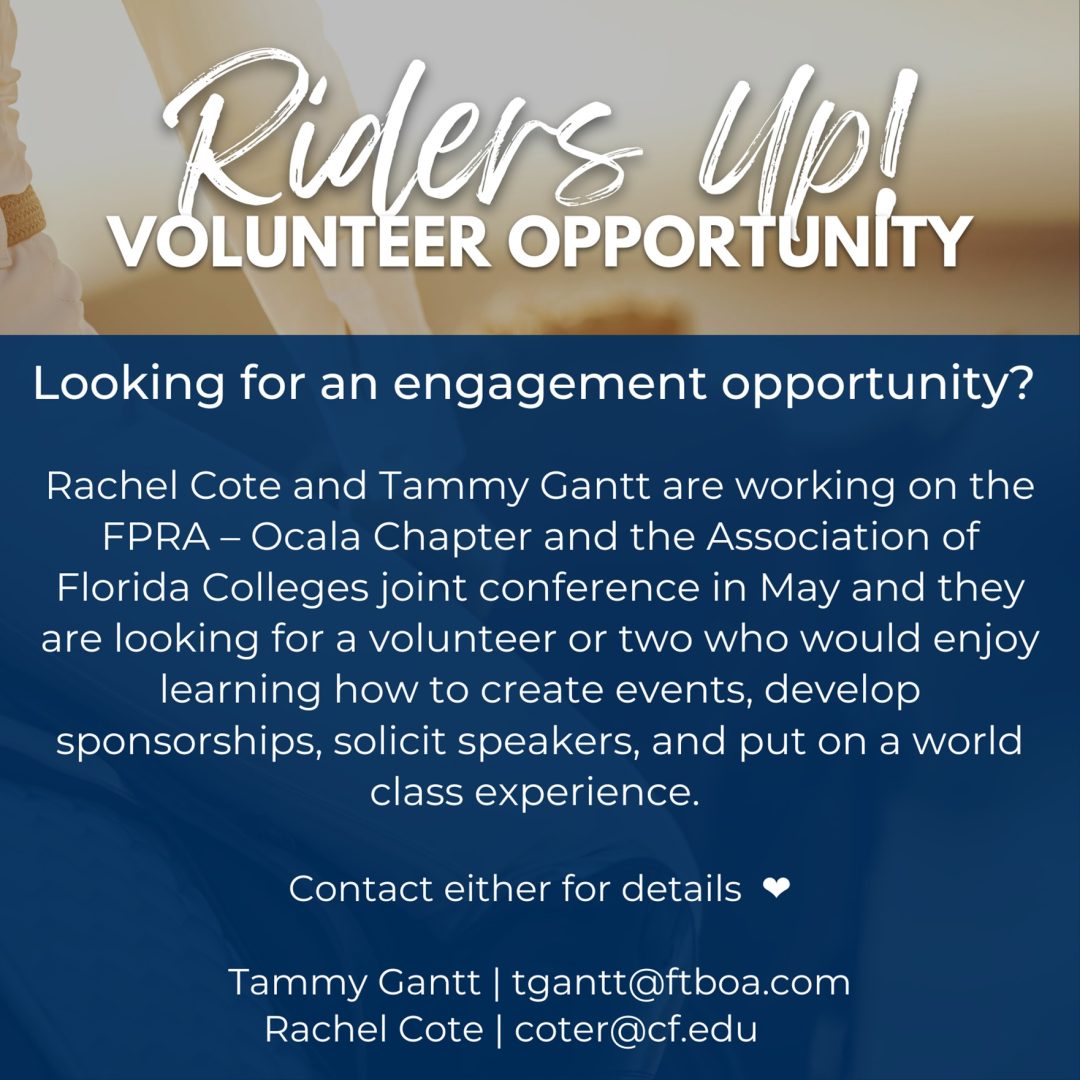
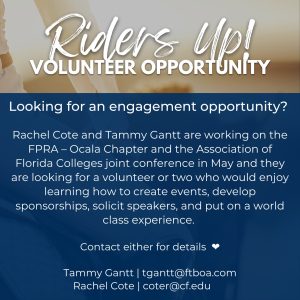
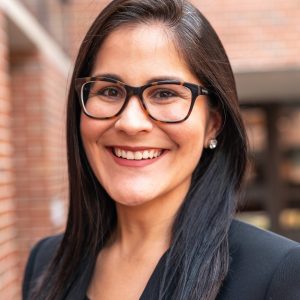
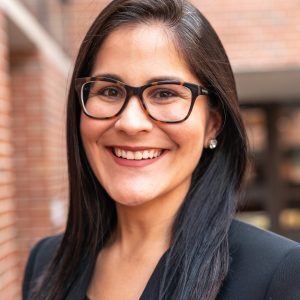 In June, we returned to in-person professional development meetings at the College of Central Florida for the first time in more than a year.
In June, we returned to in-person professional development meetings at the College of Central Florida for the first time in more than a year.